Sibillini Mountains, what to see: 10 stops among villages, nature and art
The Sibillini Mountains are a magical place in the heart of Italy. Beautiful landscapes, ancient villages and centuries-old traditions make the Sibillini Mountains with their National Park the perfect place for a “slow pace” vacation away from the hustle and bustle of city life. The Sibillini Mountains are one of the largest mountain massifs in the Apennines and run between the Marches and Umbria, touching the provinces of Ascoli Piceno, Fermo, Macerata and Perugia, reaching almost 2,500 meters in altitude at the summit of Mount Vettore. There is a special atmosphere here, which since ancient times has always nurtured mysteries and legends such as that of the Grotto of the Sibyl, under the summit of the mountain of the same name in the municipality of Montemonaco, which is said to house a fairy kingdom. The Sibillini Mountains are also the setting for small and large artistic and architectural masterpieces preserved in the marvelous historic centers nestled among the valleys and foothills and which, although hit very hard by the 2016 earthquake, are little by little shining again. Here are the 10 must-see stops on your tour of the Sibillini Mountains.
1. The basilica of St. Benedict in Norcia.
It has always been one of the symbols of these lands and has become even more so after the October 30, 2016 earthquake that gutted it completely, causing the collapse of most of the bell tower with the belfry plunged, in large blocks, into the interior of the church. As a result, the wooden truss roof, the vaults of the transept and the triumphal arch were also destroyed, while outside, the porch gave way. The images of this church named after the patron saint of Europe, who is believed to have had his birthplace here, have thus taken the world by storm, telling in a few frames the destructive power of the earthquake, but also immediately setting off the race for recovery that is still ongoing today. The basilica was built at the turn of the 13th and 14th centuries, but underwent several alterations during its long history. Numerous fine paintings and frescoes were preserved inside. To return to see when it is rebuilt-it is one of the strongest and most recognizable symbols of the area’s history and culture.
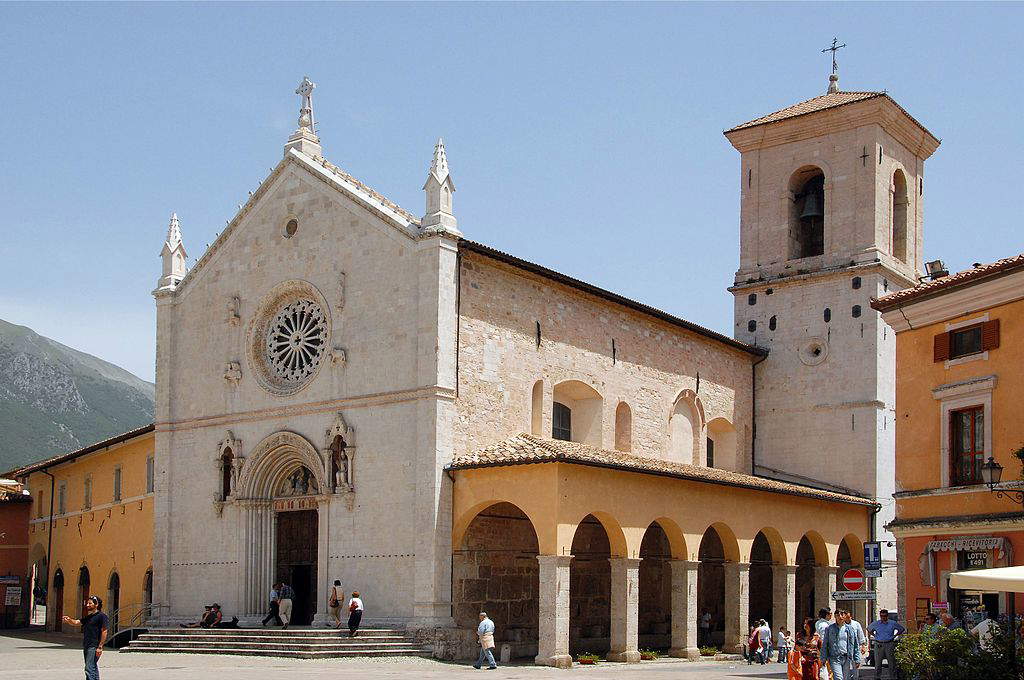
2. Castelluccio di Norcia
A medieval jewel in the heart of the Sibillini Mountains, Castelluccio di Norcia, the village famous for its lentils, also suffered heavy wounds from the 2016 earthquake, but is now trying to restart thanks to the tenacity of its inhabitants and the many beauties it can offer visitors. The narrow streets of the historic center of Castelluccio di Norcia offer striking glimpses and an authentic window into the past of this generous land, but it is only by immersing oneself in the nature that surrounds it that one can fully grasp its essence. On foot, by bike or, perhaps, on horseback, from Castelluccio di Norcia departs a rich network of feels for all tastes and of all difficulties that will lead you to the discovery of dream panoramas. Absolutely unmissable is the flowering of the fields that surround the village and that every summer attracts many visitors to admire the bright colors.
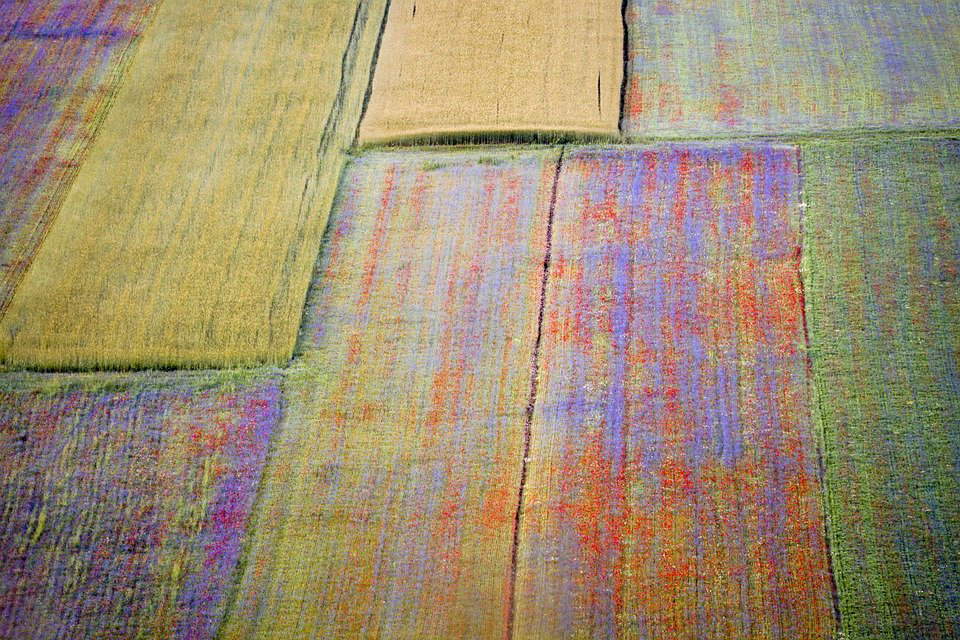
3. The Civic and Diocesan Museum of Norcia
II Museo Civico e Diocesano “La Castellina” is located in the heart of Norcia’s historic center and occupies the entire western side of Piazza San Benedetto. The museum is located inside a 16th-century palace originally built as a fortified residence for apostolic governors. On display are sacred furnishings, frescoes, paintings on canvas or panel, polychrome wooden or stone sculptures, and glazed terracottas that come from all over the territory and can be traced back to a period between the 12th and 18th centuries. The Castellina palace is also home to the Massenzi collection, one of Umbria’s largest private collections of Etruscan, Greek and Magna Graecia bronze artifacts and vases, and then again to the permanent archaeological exhibition Departing for the Beyond with artifacts ranging from the 4th to the 1st century B.C.
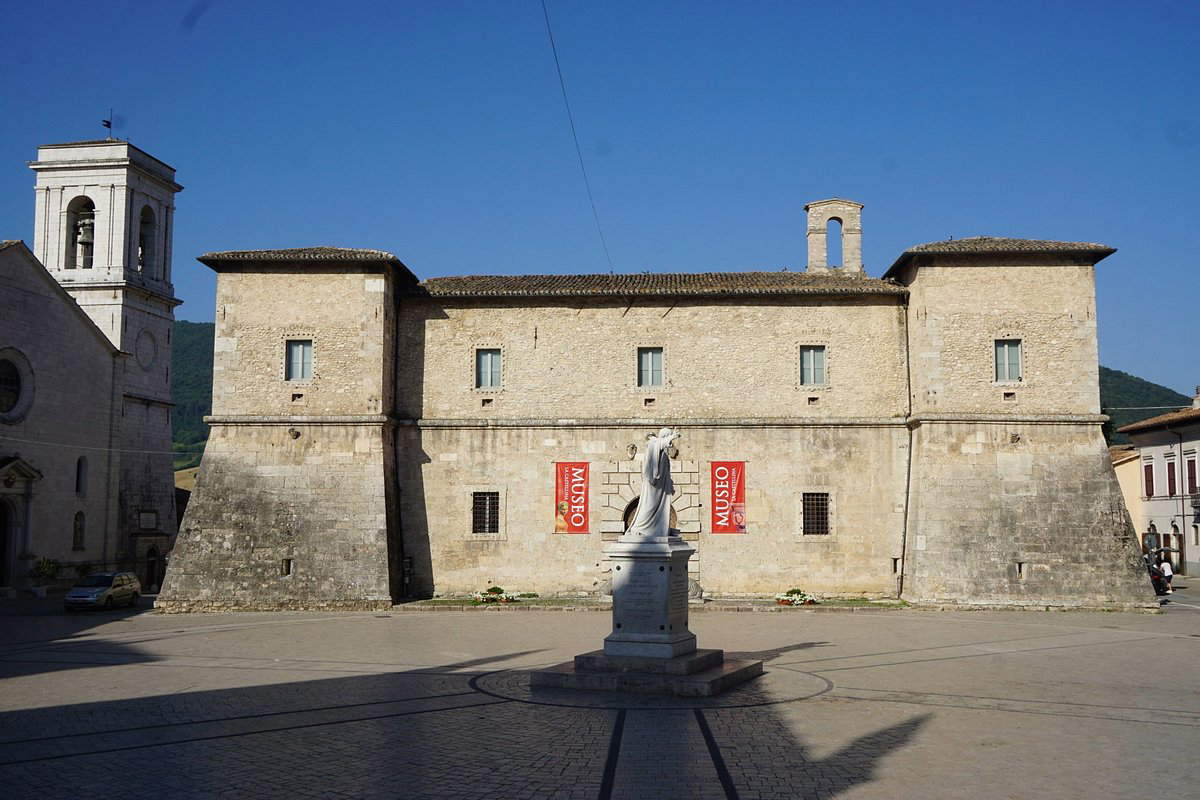
4. The village of Visso
An enchanted village framed by nature of bursting beauty. Visso, in the province of Macerata, is an authentic gem from where one can set out to discover the area along trails equipped for trekking and mountain biking enthusiasts, but not only. Crossed by no less than three rivers, Visso is home to the Sibillini Mountains National Park and is rightfully among the most beautiful villages in Italy, even though it still bears heavy marks left by the 2016 earthquake. There are so many reasons to go all the way here, and they go beyond the good air and striking views; in Visso, traces of its rich past can be seen everywhere: from the imposing walls to the houses, towers and noble palaces in particular, the historic center is a continuous discovery.
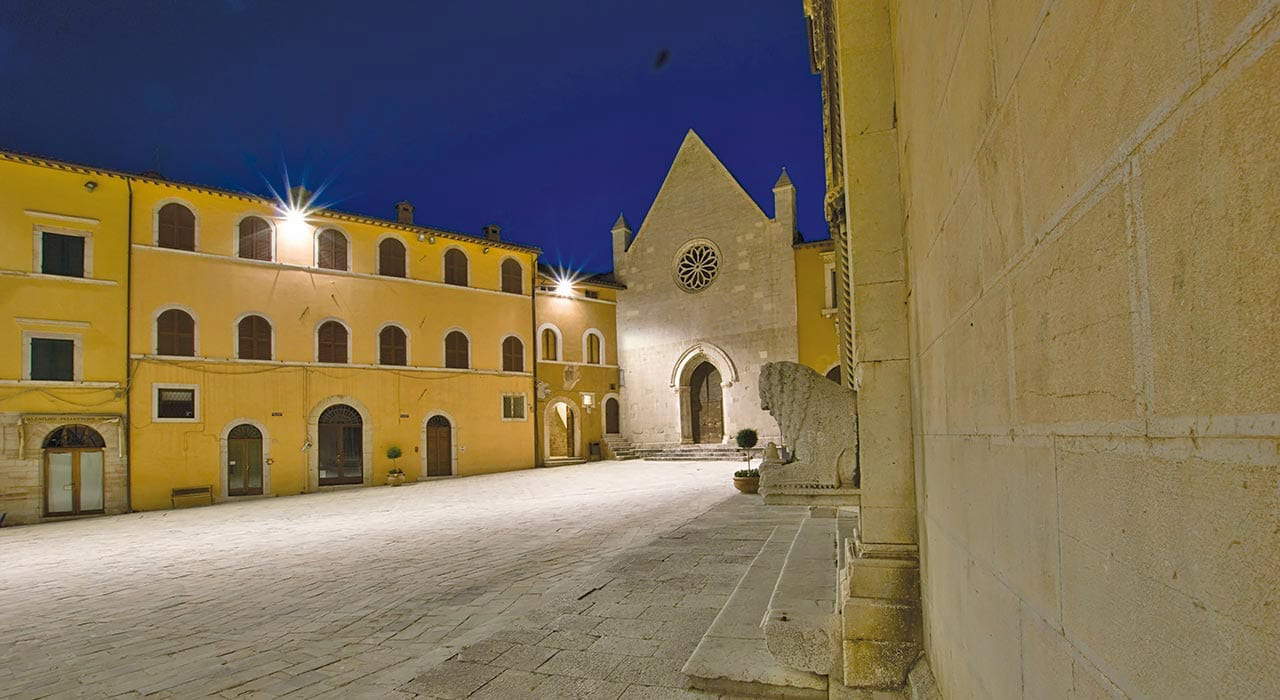
5. The Diocesan Museum and the Museum of the Manuscripts of Giacomo Leopardi in Visso.
Reliquaries, candlesticks, silverware, astylar crosses, sacred vestments, wooden statues, canvases and paintings all from the territory of the Sibillini Mountains between 1200 and 1700. This is the treasure preserved inside the 14th-century church of St. Augustine, now deconsecrated and home to the Civic and Diocesan Museum of Visso. Along the eight rooms of its exhibition itinerary, the museum offers more than 200 sacred works that tell the story of the vicissitudes of these lands. Also preserved inside the museum are the originals of the statues of the Madonna of Mevale, dating back to the 12th century, and the Madonna of Macereto from the 1400s. Not far away, also not to be missed is the Museo dei Manoscritti di Giacomo Leopardi (Museum of Giacomo Leopardi’s Manuscripts), set up inside the Palazzo dei Governatori: in addition to a display tracing the life of the great poet, it houses no less than 27 of his manuscripts that were purchased in 1868 by the then mayor of Visso, Giovanni Battista Gaola Antinori.
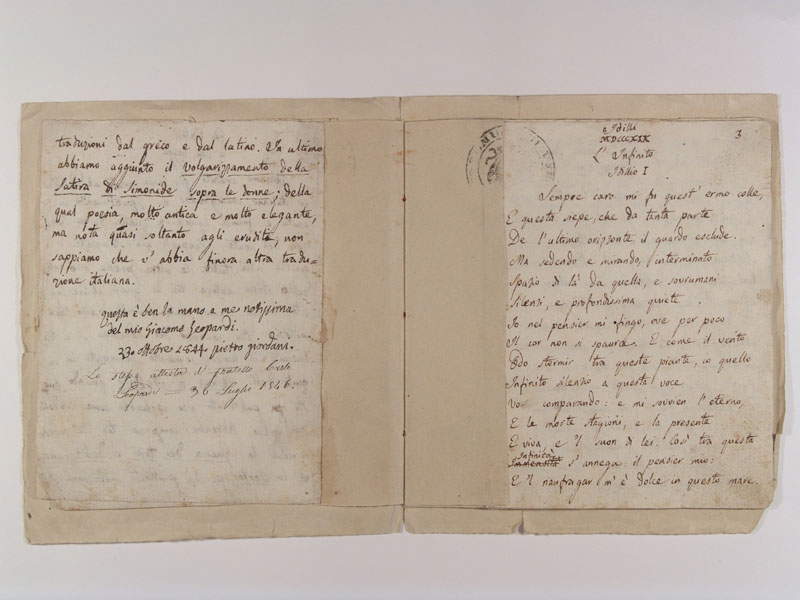
6. The Lake of Fiastra
This is a man-made reservoir, the largest in the Marche region, and one of the most popular locations for lovers of the outdoors. San Lorenzo al Lago is the town that sits on the shores of Lake Fiastra and the perfect base for so many trips through the woods, but also a place of relaxation and contemplation for those seeking a quieter vacation. As the mountain peaks are reflected in the turquoise waters of Lake Fiastra, one can choose to stop and sunbathe along its shores equipped with deckchairs, sunbeds and umbrellas, plough through the waves in a canoe or sailboat, find refreshment with a refreshing bath or lace up your boots and head upward. Numerous trails are also available here that lead to the discovery of wonderful landscapes.
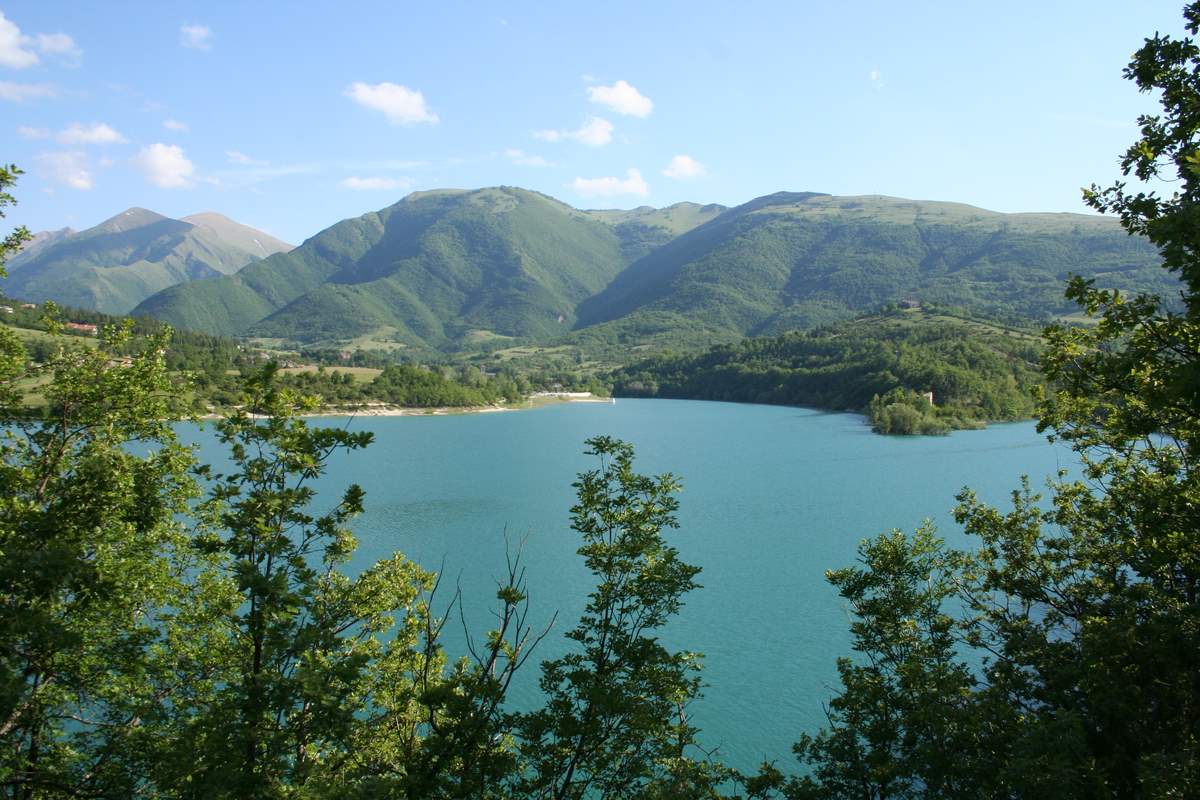
7. The Sanctuary of Santa Maria in Macereto.
At an altitude of 1,000 meters, not far from Visso, stands on the plateau of the same name this marvelous sanctuary considered one of the greatest examples of Renaissance architecture in the Marche. The sanctuary of Santa Maria in Macereto is first and foremost, however, a place very dear to all the inhabitants of the area since it stands there where, according to tradition, in 1359 the mules of a caravan that was transporting a wooden statue of the Madonna and child stopped on their knees and did not want to leave again. That statue is now kept at the diocesan museum in Visso, but there is certainly no shortage of reasons to visit the shrine, however. The building, by the way, is part of a larger architectural complex including the church, the Pilgrims’ House, the Guard House and the Guaite Palace.

8. The village of San Ginesio
Art, culture, good food and picture-postcard landscapes. San Ginesio is a town of just over three thousand inhabitants in the province of Macerata, but it holds within it the legacies of a much greater history. Truly unique is the collegiate church of Santa Maria Assunta that stands in the heart of the town: its façade is divided into two parts, the lower one, the oldest, stands out for the presence of an 11th-century travertine portal, while the upper one is in terracotta and dates back to the 15th century. Also of no less interest are the church of San Francesco, also dating back to the year 1000, inside which there are numerous works of art, as well as the ancient castle walls, the surviving porticoes of the Hospital of the Pilgrims, and the numerous noble palaces.
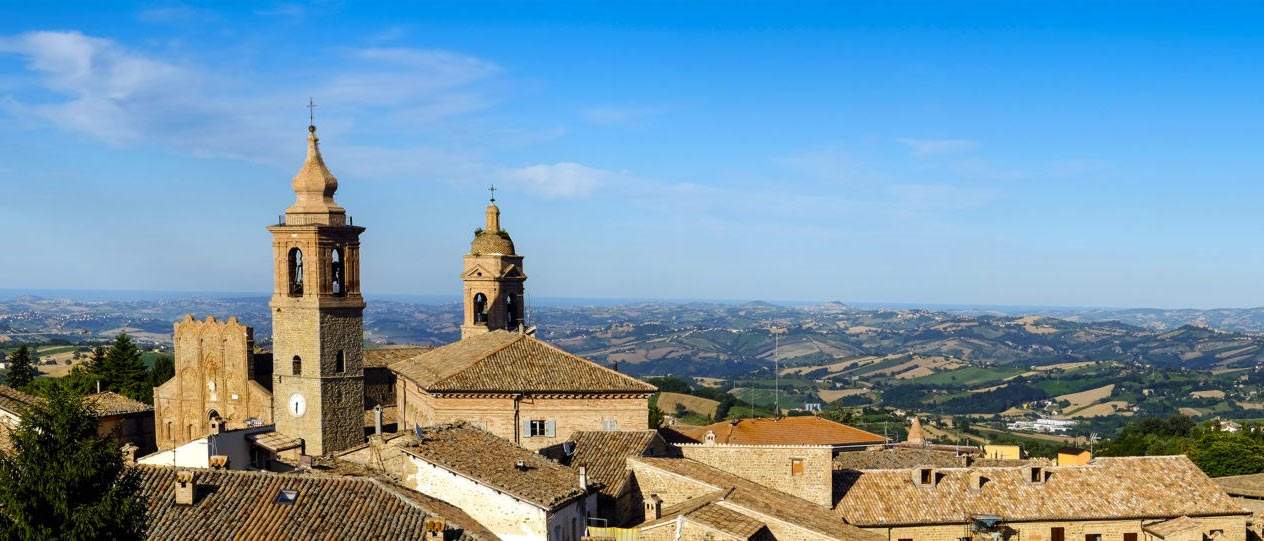
9. The village of Moresco
Just 600 inhabitants for this magical village overlooking the Adriatic coast. Moresco certainly offers some of the most striking views in the entire area. It is a medieval village that winds around the castle that was a strategic stronghold for the municipality of Fermo. The symbol of the village is undoubtedly the seven-sided tower from the 12th century, 25 meters high and capable of dominating both the Riviera and the interior: from Conero to Gran Sasso to the Albanian coast. It is, however, the entire village of Moresco that gives great excitement to its visitors with the characteristic narrow streets that make it an enchanted place to be enraptured by the imagination.
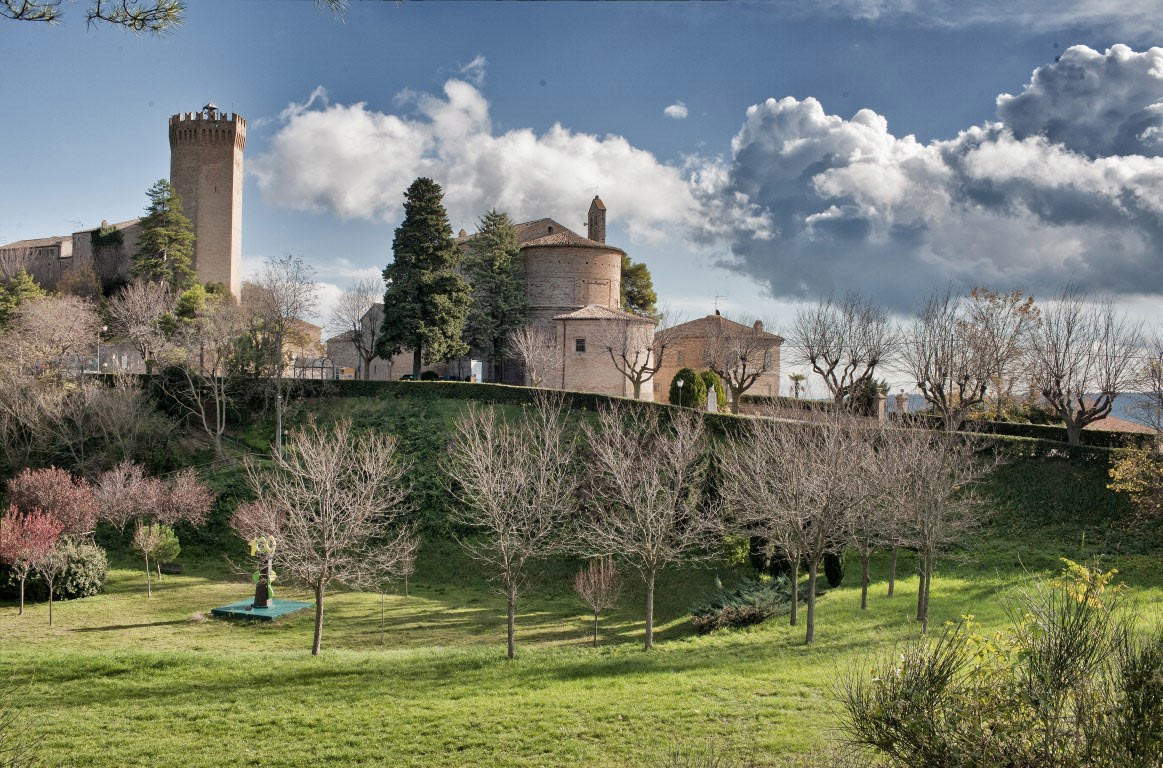
10. Lake Pilato.
Below the summit of Mount Vettore, the highest peak in the Sibillini Mountains, lies this ancient lake of glacial origin with its characteristic ’eye-like’ shape. According to some legends, the waters of this lake preserve the body of Pontius Pilate who arrived here from Rome in a wagon pulled by buffaloes left to roam aimlessly, while according to others there was even an entrance to the underworld here. Today, however, Lake Pilate is above all a perfect destination to begin the discovery of the most rugged and authentic part of the Sibillini Mountains where there is still unspoiled nature that can excite at every glance.
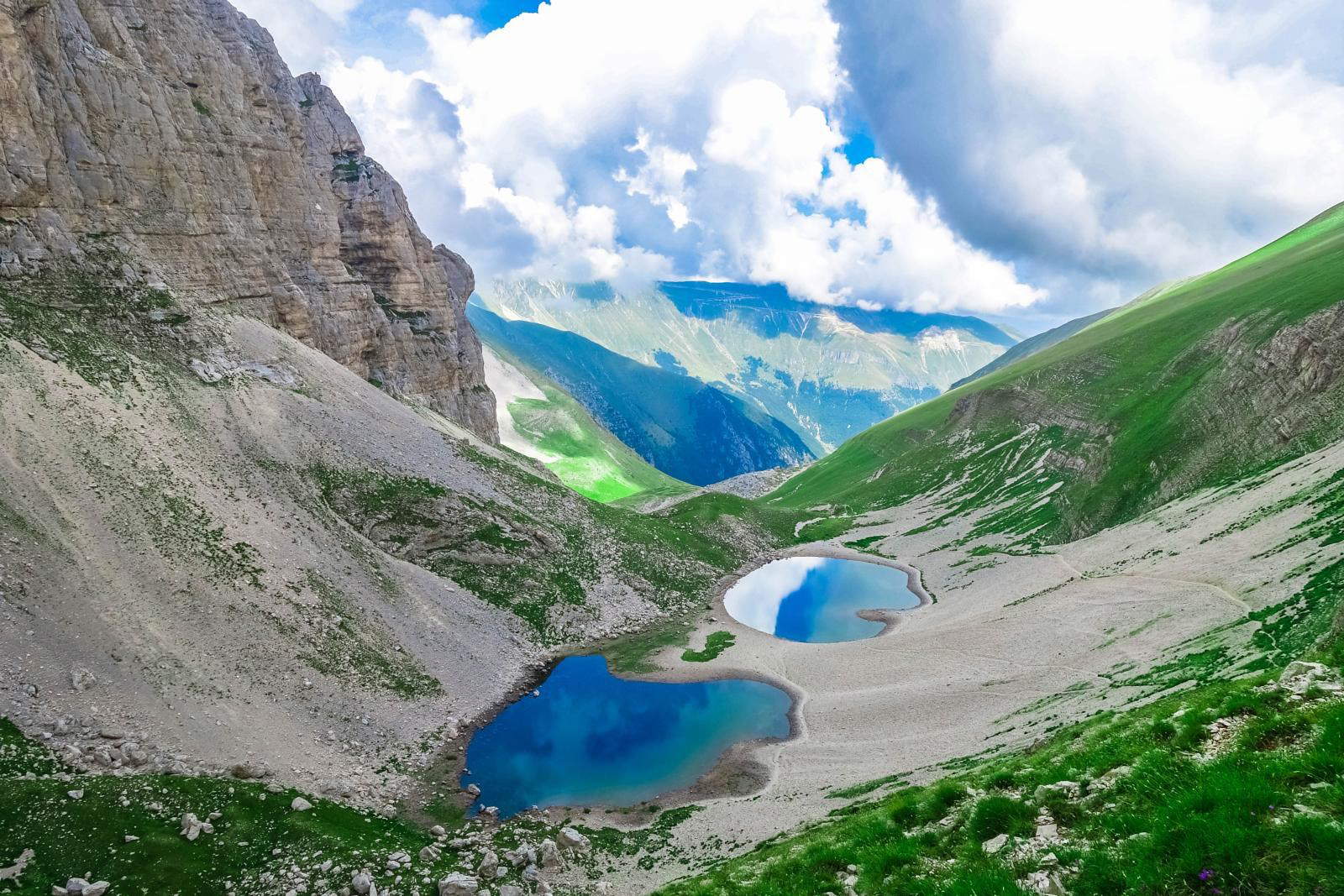
 |
| Sibillini Mountains, what to see: 10 stops among villages, nature and art |
Warning: the translation into English of the original Italian article was created using automatic tools. We undertake to review all articles, but we do not guarantee the total absence of inaccuracies in the translation due to the program. You can find the original by clicking on the ITA button. If you find any mistake,please contact us.


























